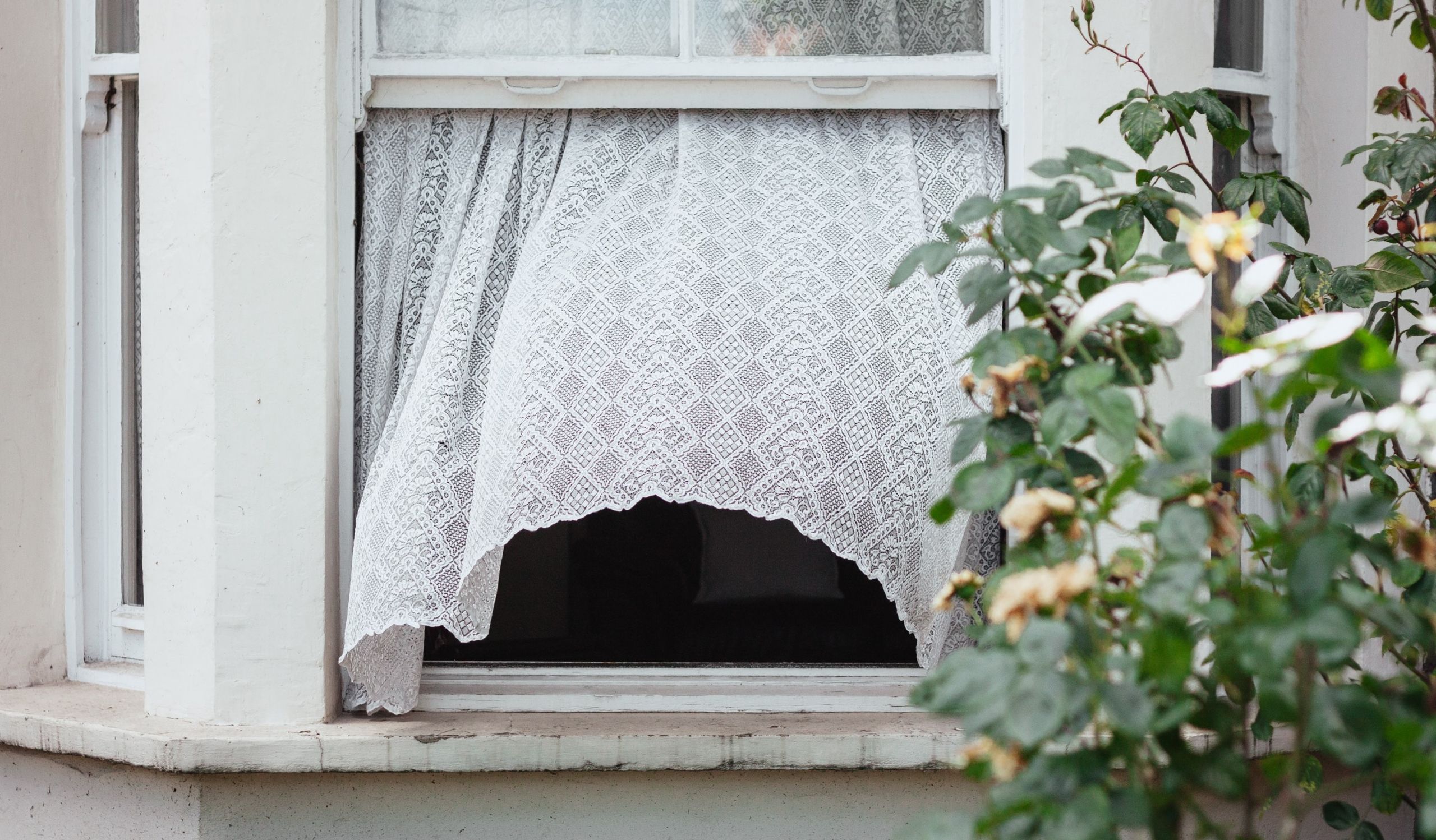How can I make my home more energy efficient?
1. Orientation to the sun
This energy-saving tip isn’t of much use if you’re reading this in an already established home. But bear with us. There are plenty more steps to come. However, if you’re in the market for a new build, or are planning to move, consider the house’s orientation to the sun.
Heating accounts for around 30% of a home’s energy use. So if you can utilise passive design (how a home’s architecture best utilises its surrounding environment to maximise energy savings) you may find you can lower your power bills and reliance on a heat pump.
Consider how the home can utilise the heat from the sun, and how the direction of the breeze can be used to help ventilate. If building new, you have the best opportunity to implement this, as the design of the roof, windows, walls and spatial flow can all play a role.

2. Insulate properly
After passive design, insulation is probably the most important step to an energy efficient home. And not only for keeping you warm. Insulation can help keep the heat in, but also the summer heat out. So by properly insulating your walls, ceilings, and floor, you can keep your home comfortable all year round and avoid wasting money on heating and cooling.
One of the great things about insulation is that it can be easily retrofitted to a home. And often it doesn’t require a costly renovation to implement. Plus, both ANZ and Westpac currently offer interest-free loans for installing insulation and heating.
Furthermore, if you qualify for an insulation grant through the Warmer Kiwi Homes programme, you can get 80% of the costs covered.
3. Double glaze your windows
If you think heat escaping from your poorly insulated walls is an issue, you don’t even want to hear about your windows. Windows are generally considered heat drains, as heat passes straight through a single pane of glass. With double glazing, however, you can stop this flow of heat.
Double glazed windows are made of two panes of glass with an air gap between them. This helps keep heat inside in winter, and outside in summer.
You can also add specially treated panes to up the benefit of your double glazed windows. Low Emissivity (Low E) glass, for example, has a thin metallic coating applied to the glass surface. This further reflects heat back inside and reduces heat absorption from outside.
The only downside to double glazing is the cost, which can be expensive whether you replace your windows outright, or have double glazing retrofitted, using your existing frames.
4. Embrace airflow
When heating and cooling, we tend to go with the method of shutting everything up and blasting the fan or heater. But embracing airflow can help utilise your home’s natural ventilation, without the need for appliances.
If possible, cross ventilation is a great way to keep your home naturally cool. First, find which way the breeze is blowing. Then open a window or door on that side of your home and another on the opposite side. A cool breeze should then flow through your home, cooling it and removing warm, stale air.
Furthermore, it’s important to remember that hot air rises. By opening a low window on the side that the breeze is blowing through, and a high window on the opposite side, you’ll encourage cool air in and warm air out. Double hung windows are another great way to encourage ventilation.

5. Install efficient appliances and fittings
Heating and cooling your home isn’t the be-all and end-all of energy efficiency. After all, our modern homes are more connected than ever. We have fridges running 24/7, dishwashers and washing machines doing daily loads, plus assorted gadgets, computers, phones and PS5s left on standby or charging.
With every air fryer we buy, our homes are sucking up more energy. So the efficiency of these appliances is crucial to keeping your home running, well… efficiently. Many appliances in New Zealand have energy rating labels. These show a device’s energy efficiency in an easy-to-read format.
Devices with a high energy rating can sometimes come with a higher price tag than less efficient models. But over a lifetime of use, they can make considerable savings on your power bill. And, of course, switching to LED lighting can reduce your power use even further.
Read more:
1. Most Energy-Efficient Refrigerators
2. Most Energy-Efficient Dishwashers
3. Most Energy-Efficient Washing Machines
4. Most Energy-Efficient Clothes Dryers
→Related article: Electric Kiwi’s New MoveMaster Plan: Is It Right for You?
6. Shade properly
Double glazing is great at limiting the intensity of the summer sun. But if you really want to stop heat from coming in, blocking it out is always your best bet.
Using things like outdoor blinds and awnings to create shade can protect your windows from sunlight. And they can be retracted to allow the light to enter in the evening and during cooler months.
Additionally, adding a wide verandah to your home that is angled correctly can provide sufficient shade in summer, while still allowing the lower winter sun to stream inside.
Another option could be to plant deciduous trees. These provide shade in the summer, but lose their leaves in the winter, letting in the winter sun.
→Related article: How to Save on Power Now!
Compare electricity providers with Canstar Blue
Finding affordable power involves shopping around. And to help you find the best value electricity retailer, Canstar Blue rates NZ power companies for customer satisfaction and value for money, see the table below for some of the results, or you can click on the buttons below for the full results of our survey, and to compare bundled utility providers.
^ By clicking on a brand or 'details' button, you will leave Canstar Blue and be taken to either a product provider website or a Canstar Blue NZ brand page. You agree that Canstar Blue NZ’s terms and conditions apply (without limitation) to your use of this service,to any referral to a product provider from our website, and any transaction that follows. Canstar Blue may earn a fee for referrals from its website tables, and from sponsorship (advertising) of certain products. Payment of sponsorship fees does not influence the star rating that Canstar Blue awards to a sponsored product. Fees payable by product providers for referrals and sponsorship may vary between providers, website position, and revenue model. Sponsorship fees may be higher than referral fees. Sponsored products are clearly disclosed as such on website pages. They may appear in a number of areas of the website such as in comparison tables, on hub pages and in articles. Sponsored products may be displayed in a fixed position in a table, regardless of the product’s rating, price or other attributes. The table position of a sponsored product does not indicate any ranking, rating or endorsement by Canstar Blue. See How we are funded for further details.
Canstar Blue NZ Research finalised in April 2023, published in June 2023.
Canstar Blue’s latest review of NZ power companies compares them on customer satisfaction. The table above is an abridged version of our full results, available here.
See Our Ratings Methodology

About the author of this page
This report was written by Canstar Content Producer, Andrew Broadley. Andrew is an
experienced writer with a wide range of industry experience. Starting out, he cut his teeth
working as a writer for print and online magazines, and he has worked in both journalism
and editorial roles. His content has covered lifestyle and culture, marketing and, more
recently, finance for Canstar.
Enjoy reading this article?
You can like us on Facebook and get social, or sign up to receive more
news like this straight to your inbox.
By subscribing you agree to the Canstar Privacy Policy


Share this article